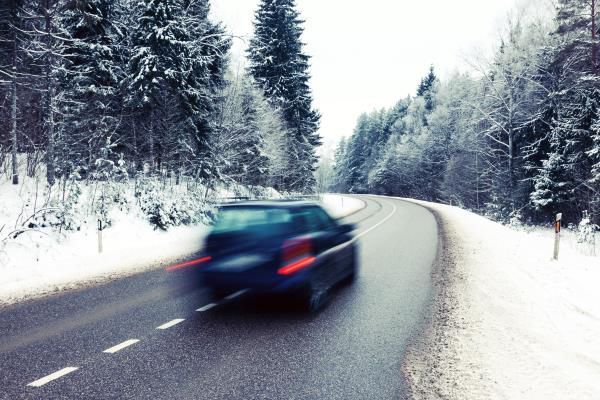(StatePoint) While winter can be a beautiful time of year, it can also be a treacherous season on the roads. Winter driving conditions require increased attention and an ability to adapt quickly.
In 2015, 8,010 people nationwide were killed in car crashes between December and March, resulting in an average seven percent per month increase from 2014, according to the National Safety Council (NSC). These numbers are a warning to everyone on the roads about how dangerous winter driving can be.
“Winter looks more idyllic outside our house windows than outside our windshield,” said Deborah A.P. Hersman, president and CEO of the National Safety Council. “The good news is many cars are equipped with life-saving technologies. It is important that drivers understand how the technologies work in order to drive safely in winter conditions.”
In an effort to prevent crashes on the road this winter, MyCarDoesWhat, an NSC and University of Iowa initiative, is offering some major pieces of advice for driving in winter conditions.
• Slow down. Drivers frequently underestimate how long it takes to brake and how difficult it can be to steer on slippery roads.
• Don’t use cruise control on slippery surfaces like ice and snow. It will diminish your control and reduce your reaction time in the event of a skid.
• Remember, bridges and overpasses freeze before roadways, so be alert in cold weather when approaching one.
• Many new safety technologies (like back-up cameras) have outside sensors that can freeze or fog up. Always make sure they are clear so they work their best.
MyCarDoesWhat also reminds drivers of the safety technologies that can help vehicles adapt in slippery and changing conditions.
• Anti-lock braking systems (ABS) help drivers maintain control by preventing wheels from locking up. ABS works differently than traditional brakes, delivering and releasing precise braking pressure to each wheel as needed. So, don’t pump the brakes if you have ABS. Just hold them down firmly and look and steer in the direction you want to go. The brakes may buzz and vibrate when the ABS has activated.
• Traction control helps you accelerate without spinning out on slippery surfaces like snow and ice.
• Electronic stability control senses when you may be losing control around a corner or curve, and can stabilize your car if it begins to veer off the road.
• Adaptive headlights adjust to changing roadway conditions — such as curves — to provide optimum illumination along the roadway during long winter nights and periods of low daytime visibility.
• The temperature warning feature provides updates about upcoming roadway conditions such as black ice.
“When there is snow and ice on the road, antilock brakes can improve the stability of your braking so you can steer better,” said Dan McGehee, director of the University of Iowa National Advanced Driver Simulator. “Remember to hold the brakes down even when they pulse and vibrate.”
For more information, visit MyCarDoesWhat.org and follow MyCarDoesWhat on Twitter and Facebook.
Stay safe this winter. Learn how your car works and drive slowly in dangerous conditions.
Photo Credit: (c) Vaidas Bucys – Fotolia.com

